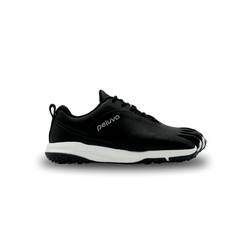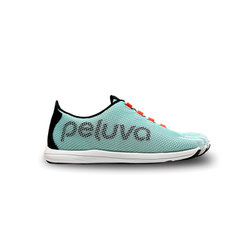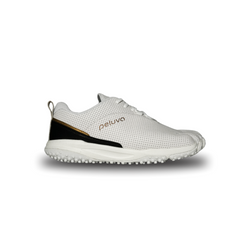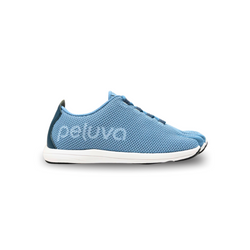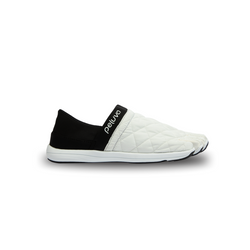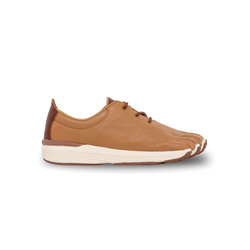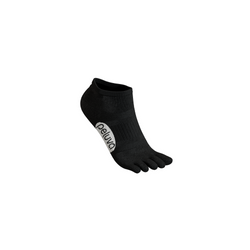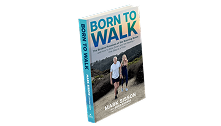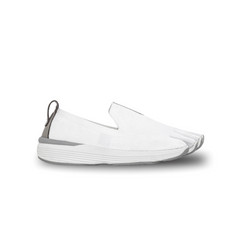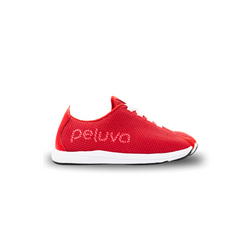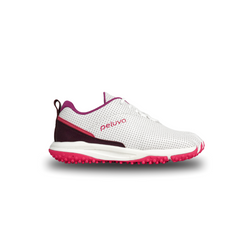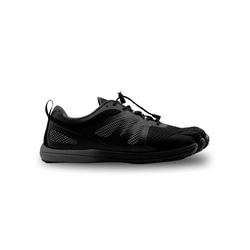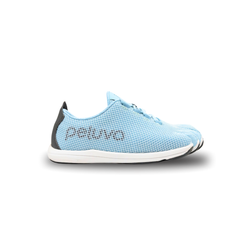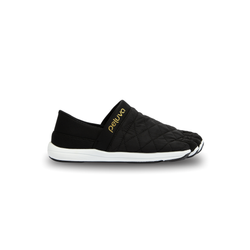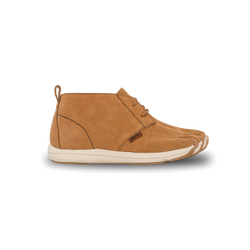Respected research confirms that the marketing of modern running shoes is steeped in misinformation and outright lies, and that this deception is a driving cause of the embarrassing rate of overuse injuries among regular runners: around 50% are injured annually, and 25% are injured at any given time. These stats are worse than for NFL players (31% and 4%)! A 1997 study in the British Journal Of Sports Medicine reported that the most cushioned and expensive shoes had a 123 percent greater injury frequency than less expensive shoes with minimal cushion or motion control technology. The study concluded that shoe manufacturers are engaging in “deceptive advertising….that may represent a public health hazard.”
When we reflect on the multi-billion dollar running shoe industry, it’s amazing to realize that there has never been a single shred of scientific evidence produced to show that shoes can lessen impact forces or prevent injury. So why do we even wear them? Well, first we need protection from the elements, obstacles and debris of course. Secondly, our feet are extremely poorly adapted due to a lifetime of wearing elevated, restrictive shoes, so we have become dependent upon them for all manner of everyday activity. It’s time to explore the truth about shoes, and how you can make careful and steady progress to improve foot strength and functionality so you don’t succumb to running injuries or chronic foot pain, which 83% of Americans suffer from (according to the American Podiatric Medical Association.)
First, understand that the human foot is vastly superior at absorbing impact forces, balancing moving bodyweight, and generating forward propulsion than any shoe. Research from paleoanthropologist and barefoot running expert Dr. Daniel Lieberman at Harvard reveals that you experience seven times more impact trauma doing a typical heel-strike, overstriding pattern in cushioned shoes versus executing a correct barefoot midfoot landing. That’s right, running barefoot (even on hard surfaces like a sidewalk or a gymnasium floor) generates vastly less impact forces than running in cushioned shoes, or even super-cushioned shoes! I don’t mean that your foot, right now, is superior to shoes for long-distance running, because almost all modern citizens have extreme atrophy and dysfunction from lifelong shoe use. However, we’ve seen the potential in those who become barefoot-adapted to run ultras and perform incredible athletic feats in minimalist shoes.
Please understand that running shoes are not the direct cause of overuse injury. Rather, they enable you to run long distances with poor form, increased impact forces and inappropriate musculoskeletal loading. This results in microtrauma, inflammation and chronic overuse injuries. When Nike invented the first elevated, cushioned, waffle-sole running shoe in the mid-1970s, they opened the floodgates to the running boom in one fell swoosh–for better or for worse. And it’s hard to think of a worse rate of chronic injuries in any mass participation sport. Running shoes are not the godsend that they are promoted to be, but rather a necessary evil and an enabler for people to run who really aren’t conditioned or adapted enough to run. The reason we shuffle along with poor form is a lack of general functional fitness, mobility, foot functionality, and aerobic conditioning. This is driven by sedentary dominant lifestyles, decades of shoe use, and a “weekend warrior” ethos where we think running six miles makes up for a lifestyle of commuting, desk work and couch leisure time.
Here’s how you can take action right now to improve foot functionality, avoid chronic overuse injury, enjoy your fitness more, and perform better:
Strengthen feet: Improve foot functionality naturally by going barefoot as much as possible in the home and safe outdoor areas, and wearing minimalist shoes for all manner of general everyday movement, especially walking and low- or no-impact fitness activities. To speed your progress, you can do foot strengthening exercises detailed in our free eBook, The Definitive Guide To A Barefoot And Minimalist Shoe Lifestyle, available at Peluva.com.
Walk more: It’s essential to improve your baseline aerobic conditioning at comfortable heart rates so you can preserve correct form even amidst the cumulative fatigue of an endurance run. Because walking doesn’t have any impact trauma beyond 1x bodyweight, you can walk in barefoot-style shoes like Peluvas with low risk of pain or injury. We encourage you to try the Peluva Strand model that’s suited for walking and fitness endeavors, or the Peluva ATR with a more rugged sole suitable for hiking.
Improve aerobic conditioning: Walking has the added benefit of improving your aerobic conditioning without the risk of fatigue and injury that comes with running. The aerobic system is best developed at comfortable heart rates, where fat is the predominant fuel source. Aerobic workouts are conducted at or below your “fat max” heart rate, which is approximately 180 minus your age in beats per minute. Staying at or below fat max is the best way to train for endurance. For most recreational runners, fat max equates to a brisk walk, not a run.
Run correctly: The proper technique for the human running gait (when running on a flat surface at a moderate and constant pace) is to land on the midfoot over a balanced center of gravity. At impact, your tibia should be vertical to the ground, and your knee, hip, and shoulders form a (nearly) vertical line through the landed midfoot. Preserve a straight and elongated spine throughout the stride pattern, with the trunk and ankles bent slightly forward. In contrast, 80-95 percent of recreational runners (per Harvard research) exhibit an heel strike-overstriding-braking stride, where the tibia forms an acute (braking) angle at impact. Visit Peluva YouTube site for detailed video instruction on how to run correctly.
To be clear, no one is saying to toss your favorite running shoes in the garbage and take off down the sidewalk with a beautiful barefoot stride. But it’s critical to acknowledge how shoes are a necessary evil, to strengthen your feet with a barefoot-inspired lifestyle, and to strive to run with correct form at all times. If you discover that you can only maintain correct form for a short duration before you start to drift back into heel-strike and other lazy mechanics, change your workouts from steady-state shuffles to short bouts of correct running interspersed with recovery walking. You will improve your aerobic fitness with less risk of burnout, rewire your brain to run with correct form, and build musculoskeletal resilience to run longer distances as you improve.
Further reading
